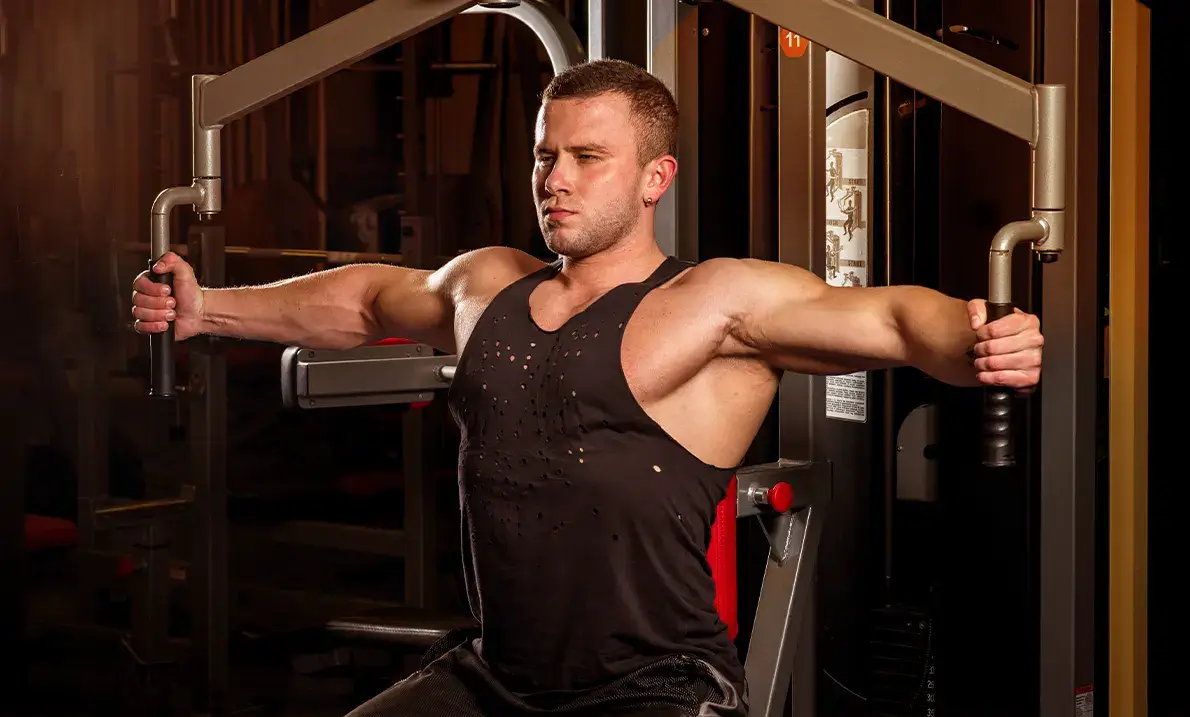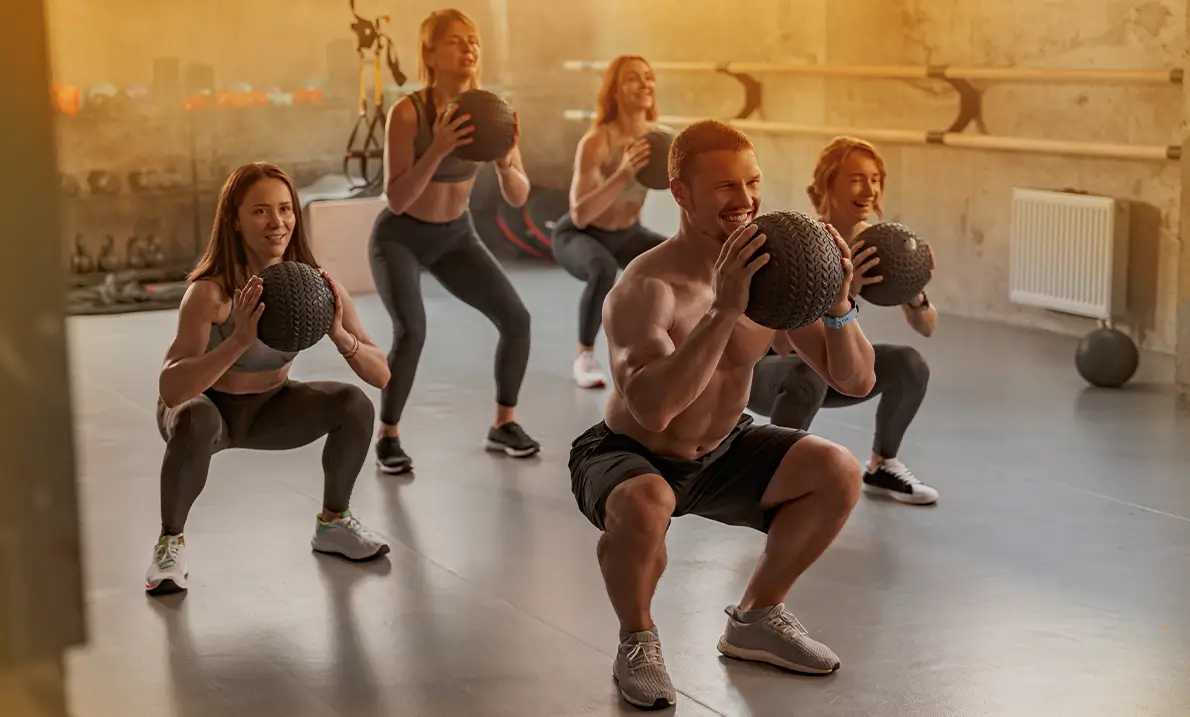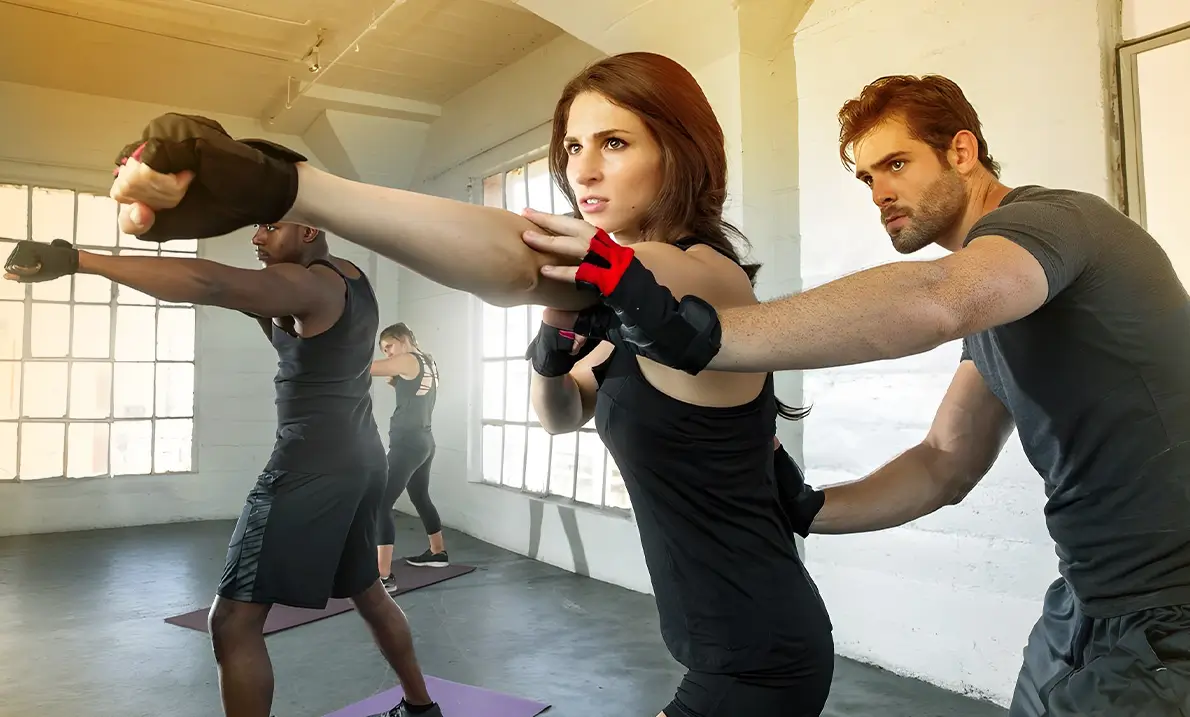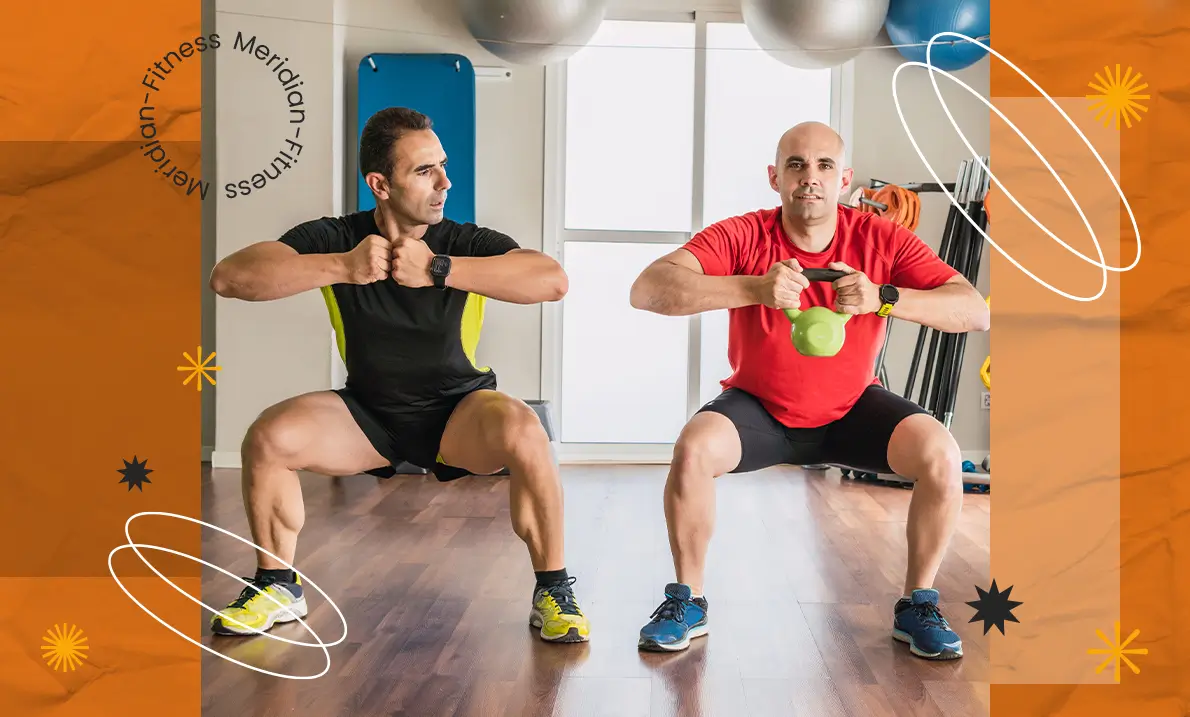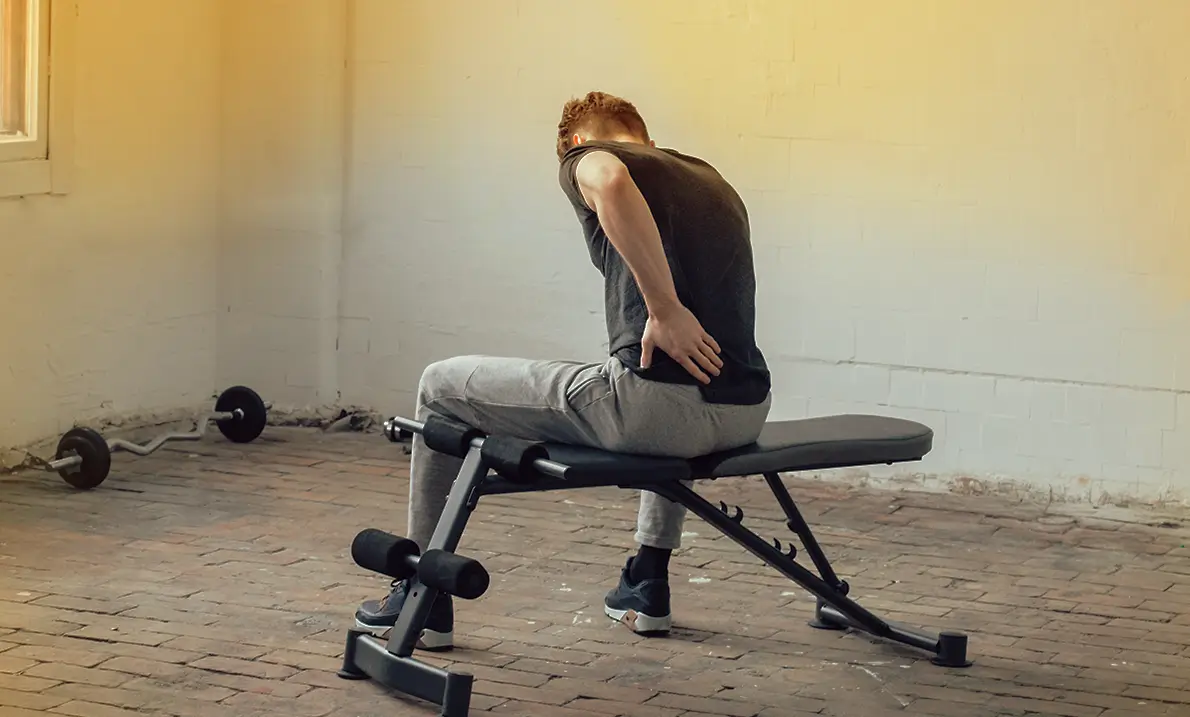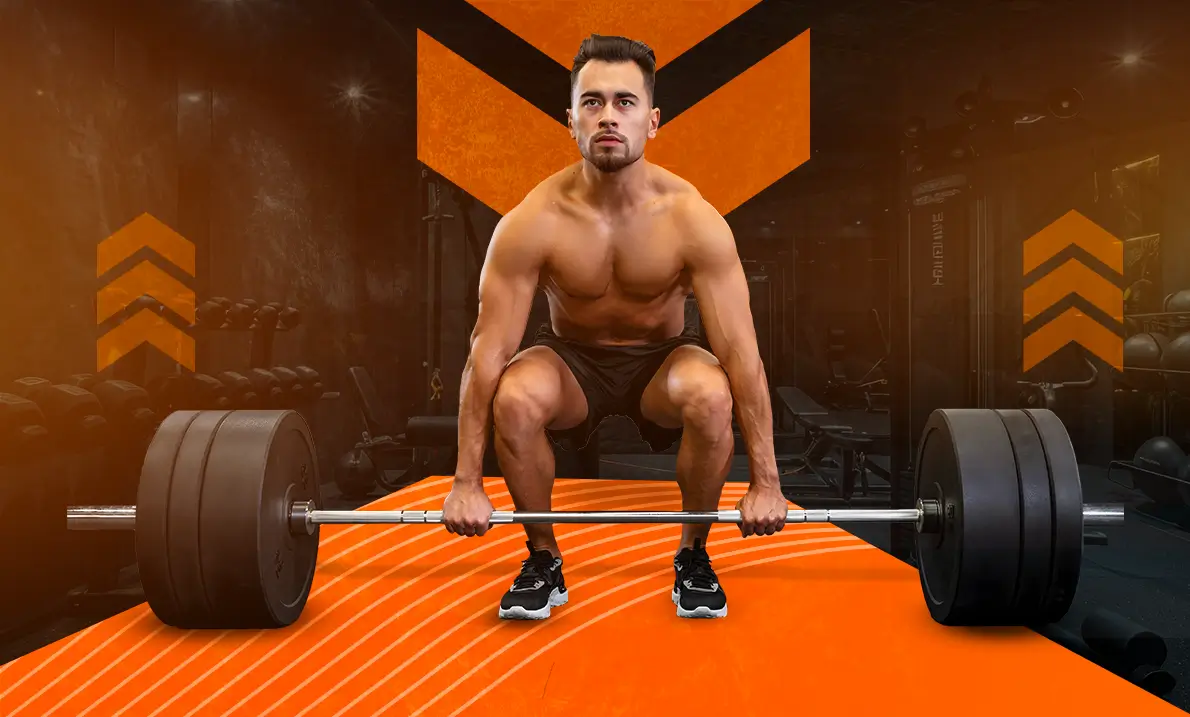Do you want to get stronger? Nothing is better than weightlifting to improve your strength and help you get into shape. However, it is vital to learn about what it is, how it can be beneficial, and what factors you should consider for the best weightlifting experience.
In this brief guide, you will learn about different aspects of weightlifting. This guide will also help you make the most out of the weightlifting classes from a renowned fitness centre in Greenwich.
Basics of Weightlifting
Weightlifting is a physical sport that tests the technique and strength of athletes while lifting weights. Though many people practice it for professional purposes, it is also a great way of staying healthy and in perfect shape.
In professional weightlifting circles, athletes are segregated into several bodyweight categories and compete against athletes of the same category. In the competition of weightlifting, competitors compete to perform jerks, the clean and the snatch.
Being a weightlifter, you can choose to try any of the weights for your attempt. Then, you have to go in ascending order when it comes to choosing weights for the rest of the attempts. Also, every competitor is allowed 3 attempts at maximum on every lift.
To perform the snatch, a lifter has to pull the barbell placed in front of his legs from the platform to overhead horizontally, in a wider grip with palms facing downwards and fully extended arms. Then, to perform the clean and jerk, lifters must pull the bar from the ground to their shoulders with a tight grip. Subsequently, they must complete their standing position while raising their arms. It is mandatory to finish the snatch.
After that, the lifters need to extend their arms overhead and come to a full stand.
According to the international weightlifting rules, an athlete who can lift the most weight combined of all attempts is crowned as a winner.
Benefits of Weightlifting Training
Weightlifting is a form of resistance training that involves lifting weights or using resistance machines to build muscle strength and endurance. The benefits of weightlifting training are numerous, and many have been supported by research.
Firstly, weightlifting training can lead to increased muscle strength and power. A research article in the Journal of Strength and Conditioning Research revealed that weightlifting improves strength in the upper and lower body. It is the secret of power among well-trained athletes.
This increase in strength can improve performance in sports, daily activities, and overall physical health. Additionally, regular engagement in weightlifting enhances bone density. It has a significant role to save from osteoporosis and fractures.
A study published in the Journal of Bone and Mineral Research found that resistance training, including weightlifting, increased bone mineral density in postmenopausal women.
Thirdly, weightlifting training can lead to improvements in body composition. It decreases body composition fat percentage and increases lean muscle mass. The research published in the Journal of Bone and Mineral Research highlights the importance of resistance training and weightlifting. It elevates bone mineral density in college-aged women.
Most importantly, regular involvement in weightlifting training enhances cardiovascular health. A study in the European Journal of Applied Physiology shows that weightlifting training enhances results in healthy adults. At the same time, the software increases aerobic capacity and decreases resting heart rate.
Equipment To Use for Weightlifting Training
For weightlifting training, you must be aware of the equipment that can be used to maximize your gains. Here is a list of a few prominent pieces of equipment that weightlifters use during their training as
- Barbell: It is a long metal bar with weights attached to each end and used for various exercises.
- Plates: They are circular metal disks attached to the ends of a barbell. They are also used individually for some exercises.
- Dumbbells: One easily carries dumbbells (lighter weights) to perform different exercises.
- Bench: A flat or adjustable equipment used for bench presses or other exercises.
- Power Rack: A power rack is a tall frame with adjustable barbell hooks. They are used for squats, bench presses, and other exercises.
- Pull-Up Bar: A bar mounted to a wall or in a standalone frame used for pull-ups and other exercises
- Kettlebells: Kettles are ball-shaped like. These have handles on the top. One performs various exercises with it.
- Foam Roller: A cylindrical piece of foam used for self-massage and to improve mobility and flexibility.
What To Wear for Weightlifting?
Weightlifters usually wear comfortable clothes. It helps in unrestricted movements and makes the body flexible. One should avoid pants that are too loose and baggy. It can get caught on equipment or interfere with the range of motion. So, some common clothing items worn by weightlifters include:
- Athletic Shoes: Comfortable shoes with good support and grip for lifting and other exercises.
- Compression Shorts or Leggings: Tight-fitting shorts or leggings that support and reduce friction during exercises.
- Athletic Shirt: The fabric’s outer surface pulls sweat from the body. It helps the wearer dry and comfortable during physical activities.
- Weightlifting Belt: A thick, supportive belt worn around the waist for added stability during heavy lifts.
- Wrist Wraps: Elastic bands are worn around the wrists for support during heavy lifts.
- Knee Sleeves: Elastic sleeves worn around the knees for added support and compression during exercises.
- Chalk: A type of powder used to improve grip and reduce slipping during heavy lifts.
It is also important to note that weightlifters should wear clothing appropriate for the gym or workout environment and follow any dress codes or guidelines set by the gym or training facility.
List of Key Weightlifting Exercises
Besides knowing about the equipment and attire, it is also essential to know the particular exercises that can help you achieve your goals as a weightlifter. Here are 10 key weightlifting exercises listed in this regard.
1. Squat
It is a compound exercise targeting the legs, core, and back muscles. The lifters keep the barbell on their shoulders and bend their knees and hips to lower their bodies. However, the thighs reach a parallel position with the ground. Returning back to the initial stance completes the rep.
2. Deadlifts
Deadlift makes the lower back muscles stronger. It is a compound exercise involving legs, and back and improves grip strength. It involves lifting a burdened barbell from the floor with a neutral spine and returning it to the ground.
3. Bench Press
This compound exercise also targets the chest, shoulders, and triceps. It involves lying on a bench with a loaded barbell above the chest, lowering it towards the chest, and then pushing it back up to the starting position.
4. Shoulder Press
Shoulder presses focus on shoulder muscles. It involves standing or sitting with a loaded barbell or dumbbell at shoulder level, pushing the weight overhead until the arms are straight, and then returning to the starting position.
5. Barbell Rows
Barbell rows are another exercise that improves grip strength. At the same time, it improves back and biceps muscles. It involves standing with a loaded barbell, bending the knees and hips while maintaining a neutral spine, pulling the bar towards the chest, and returning to the starting position.
6. Pull-Ups
Pull-ups are an isolation exercise for the back, biceps, and grip strength. One hangs with a bar and pulls up the body, making an overhand grip. After that, raise the chin above the bar and lower down the body to the starting position.
7. Bicep Curls
This isolation exercise targets the biceps. It involves holding a loaded dumbbell or barbell with an underhand grip, curling the weight towards the shoulder, and then returning to the starting position.
8. Tricep Extensions
It is an isolation exercise targeting the triceps. It involves holding a loaded dumbbell or barbell with an overhand grip, extending the weight overhead until the arms are straight, and then returning to the starting position.
9. Lunges
Lunges involve multiple muscles and improve strength in the legs and glutes. Take one foot forward and lower your knee towards the ground. Return to the starting position and switch legs.
10. Leg Press
For improving strength and glutes leg press is also another compound exercise. It involves sitting in a machine with a loaded sled, pushing the sled away from the body until the legs are straight, and then returning to the starting position.
However, you can consult your gym instructor regarding exercises to incorporate into your weightlifting training routine.
The Best Workout Program for Weightlifters
Different trainers suggest different workout programs to their trainees to meet their objectives. Whether you want to compete in weightlifting competitions or want it for a healthy and fit body, following workout programs can serve your purpose best.
The following workouts are designed for people of all fitness levels, from beginners to advanced, with two days a week weight and strength training routine.
1. Beginner Weightlifting Workout Program (2 days a week)
| Day 1: Full Body Workout | Day 2: Full Body Workout | ||
| Exercise | Sets x Reps | Exercise | Sets x Reps |
| Barbell Squats | 3 x 10 | Deadlifts | 3 x 10 |
| Bench Press | 3 x 10 | Incline Bench Press | 3 x 10 |
| Barbell Rows | 3 x 10 | Lat Pulldowns | 3 x 10 |
| Shoulder Press | 3 x 10 | Lateral Raises | 3 x 10 |
| Bicep Curls | 3 x 10 | Hammer Curls | 3 x 10 |
| Tricep Extensions | 3 x 10 | Cable Pushdowns | 3 x 10 |
2. Intermediate Weightlifting Workout Program (2 days a week)
| Day 1: Upper Body Workout | Day 2: Lower Body Workout | ||
| Exercise | Sets x Reps | Exercise | Sets x Reps |
| Bench Press | 3 x 8 | Deadlifts | 3 x 8 |
| Seated Rows | 3 x 8 | Front Squats | 5 x 5 |
| Overhead Press | 3 x 8 | Leg Press | 5 x 5 |
| Pull-Ups | 3 x 8 | Lunges | 3 x 8 |
| Bicep Curls | 3 x 10 | Leg Curls | 3 x 10 |
| Tricep Extensions | 3 x 10 | Calf Raises | 3 x 10 |
3. Advanced Weightlifting Workout Program (2 days a week)
| Day 1: Upper Body Workout | Day 2: Lower Body Workout | ||
| Exercise | Sets x Reps | Exercise | Sets x Reps |
| Bench Press | 5 x 5 | Squats | 5 x 5 |
| Bent Over Rows | 5 x 5 | Deadlifts | 5 x 5 |
| Overhead Press | 5 x 5 | Leg Press | 5 x 5 |
| Pull-Ups | 5 x 5 | Lunges | 3 x 8 |
| Barbell Curls | 3 x 8 | Leg Curls | 3 x 8 |
| Skull Crushers | 3 x 8 | Calf Raises | 3 x 8 |
Expert Tips for Weightlifting Training
Here are some expert tips for weightlifting training that can help you maximize your gains. According to Meridian Fitness Greenwich experts,
- Start with a warm-up: Before beginning your weightlifting training, it is important to warm up your muscles to prevent injury. A warm-up includes gentle cardio, dynamic stretches, or mobility exercises.
- Focus on form: It is unimportant to pay attention to proper techniques to avoid injuries. Focus on maintaining: good posture and alignment. Be careful about momentum or excessive speed when lifting weights.
- Increase weight gradually: Enhance strength and gradually increase weights. It saves you from injuries and builds your strength and stamina to lift more weight.
- Rest between sets: Utilize the time to breathe properly between sets. It prepares you for the next set. rest period depends on your fitness level and the intensity of the workout.
- Incorporate compound exercises: Compound exercises involve multiple muscle groups and are more effective for building overall strength and muscle mass.
- Track your progress: Keep track of the weight you lift and the count of reps and sets you perform. As a result, you will be able to monitor your progress and adjust your program as needed.
- Stay hydrated: Proper muscle functioning has a strong relation with the hydration of the body. Therefore, ensure drinking sufficient water before, during and after the workout.
- Don’t forget about recovery: Recovery is essential to prevent injuries and muscle growth. So, make sure to get adequate rest, nutrition, and hydration between workouts. Also, don’t forget to end your workouts with light cool-down exercises.
There are helpful guidelines for better results and to prevent injuries. On top of that, if you feel any confusion or difficulty performing any exercise or postures, you must consult your trainer immediately.
Conclusion
Weightlifting is not just a competitive sport but also a remarkable way to get in good shape and build body strength too. In this brief guide, we have tried to cover the essential aspects of weightlifting, from its basics to effective workout programs to help you get started in Greenwich.
Suppose you are still looking for a fitness centre in the Greenwich area where you can train yourself under the supervision of expert weightlifting trainers. In that case, Meridian Fitness is the best option.
Frequently Asked Questions
What is the Right Age to Start Weightlifting?
Children aged 7 or 8 years can start weightlifting. But, they need guidance from a professional instructor. So they get help in their practice and follow the correct form and technique.
How Often Should I Train for Strength?
Strength training is the key to the weightlifting training routine. Experts suggest strength training twice a week. So, for the rest of the days of the week, you can incorporate other workouts focusing on flexibility, cardio, endurance, etc.
Can Weightlifting Help Me Lose Belly Fat?
Yes, weightlifting training can help you lose belly fat. The Research proves that resistance and weight training burns more calories and boosts metabolism. However, it does not hurt your lean weight but reduces belly fat.
